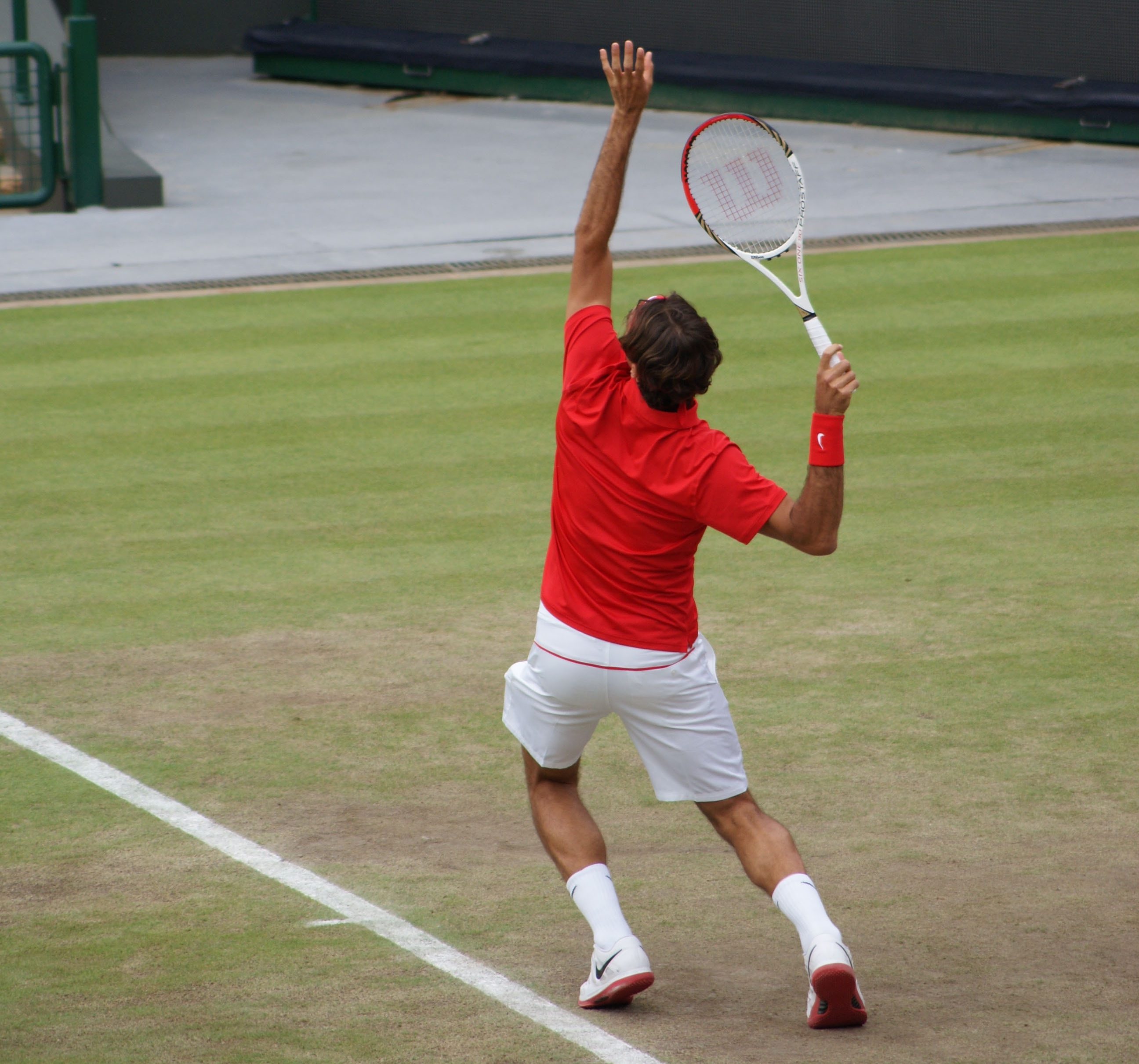Jannik Sinner in a Relationship with Russian Tennis Player Anna Kalinskaya
In the world of tennis, love is in the air as Jannik Sinner, the young Italian sensation, is dating Russian tennis player Anna Kalinskaya. The couple’s relationship has become a hot topic among tennis fans, especially considering that Kalinskaya is three years older than Sinner. Before this, Sinner was in a relationship with Maria Braccini, but the two parted ways earlier this year.
Sinner’s 2024 has been nothing short of remarkable. He clinched his first Grand Slam title at the Australian Open and has soared to the world number 2 ranking. With his current momentum, there’s a real possibility that he could claim the world number 1 spot by the end of the year.
Kalinskaya, too, has enjoyed a stellar season. Her performance at the 2024 Australian Open was particularly noteworthy, as she reached the quarterfinals—her best Grand Slam result to date. Additionally, she has won one WTA title and achieved a career-high ranking of world number 24.
Managing a dating life as two professional tennis players is no easy feat. With demanding travel and tournament schedules, balancing their personal relationship alongside their rigorous careers presents a significant challenge
